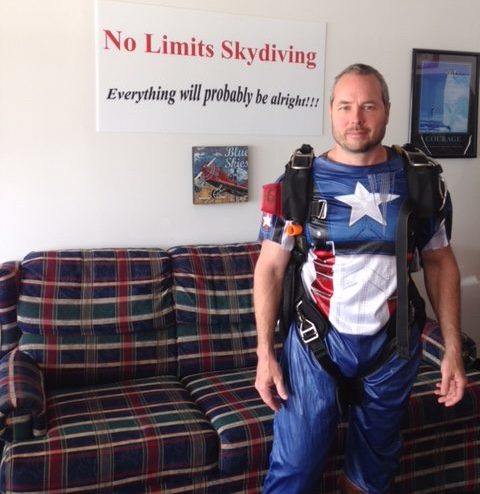What is Free Flying Skydiving?
Most traditional skydives involve falling in a certain body position (stomach facing the ground, or “belly to earth”). A new way of enjoying the sky has started to take hold in the skydiving community. This method is called Free Flying. It was created by a skydiver named Olav Zipser in the late 1980s. Free Flying involves skydiving in any position other than a belly to earth, such as a vertical position with their feet or head first, or at any angle or position.
Free Flying involves a higher rate of descent due to less body surface being exposed to air friction. This means faster falling! While a regular skydive averages around 120 mph, a Free Flying skydive will reach speed of approximately 160 mph or more.
Before deploying their parachute, a free flyer must return to a belly position to slow their rate of descent. Opening a parachute at the speed of 160 mph is highly dangerous. The skydiving community is split between the different types of disciplines. Around half of the skydiving population still prefer the traditional, belly-to-earth jump, but the newer generation prefer the free flying style.
Sometimes, sky divers of both styles get together to perform a Hybrid Dive. This involves free flyers holding onto the belly flyers during free fall so they can fly together.



